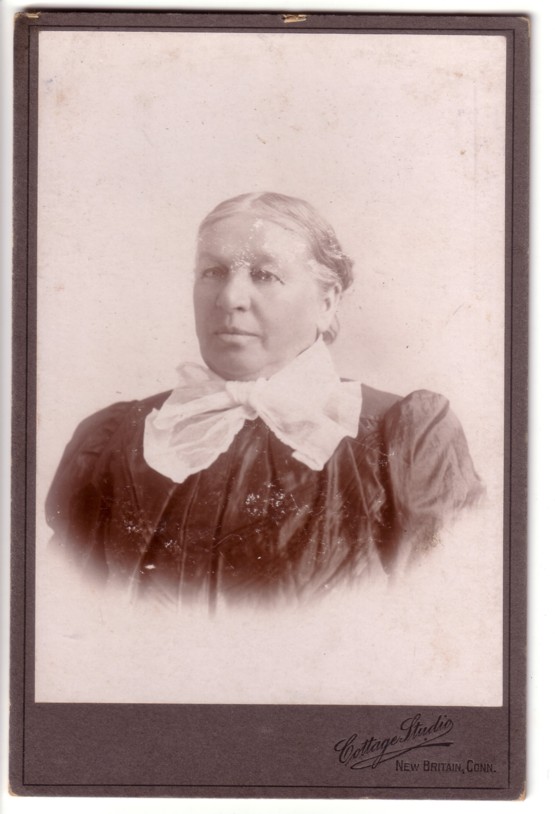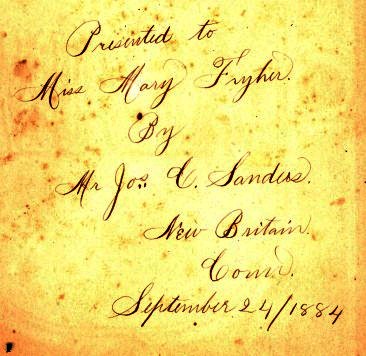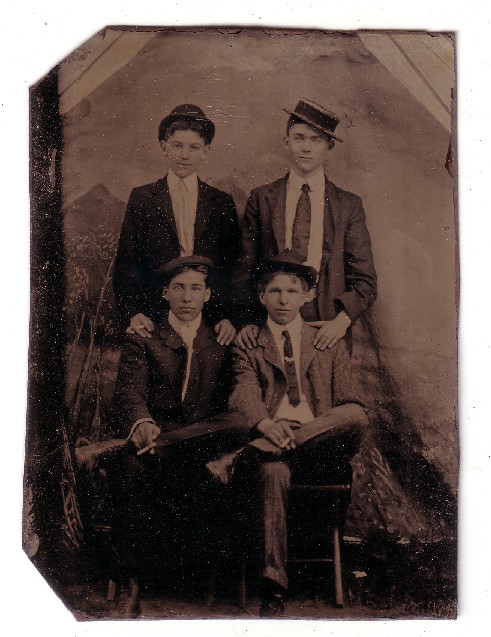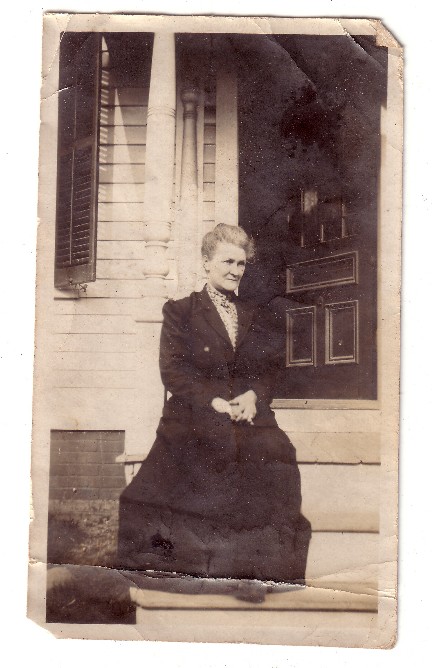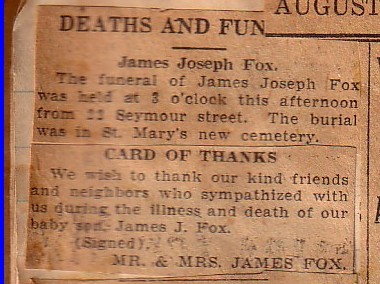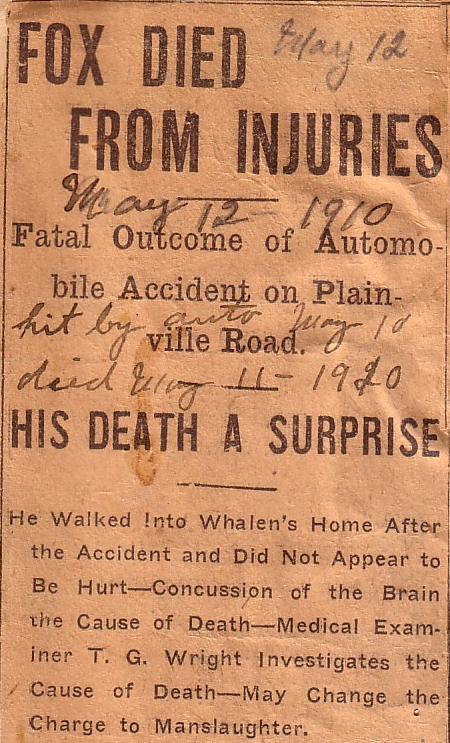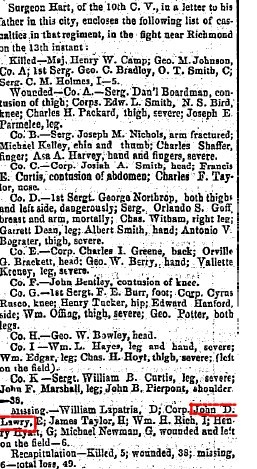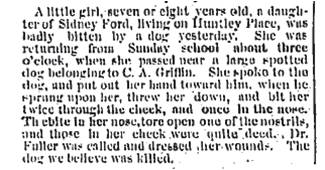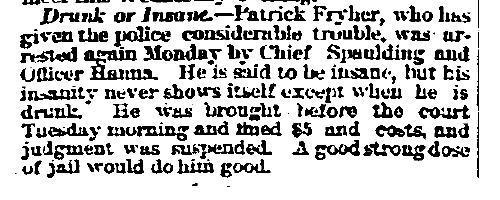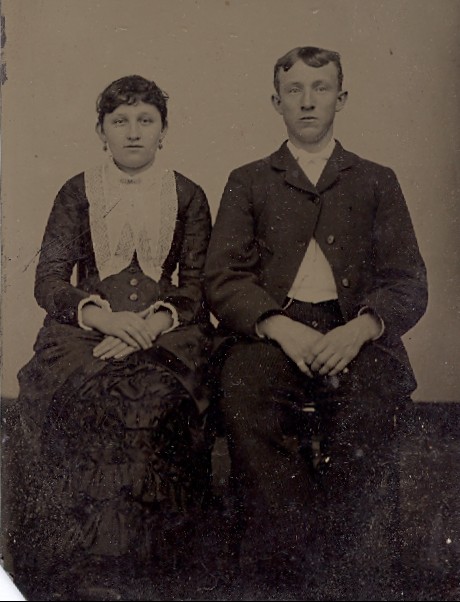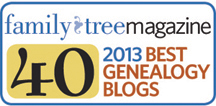Are you ready for the 1940 US Census?
The 1940 United States Census will be released to the public this coming spring. Are you ready for what will be revealed? Perhaps it’s time to revisit what you can glean from the already released United States Censuses. But first, see how well you know the Census and take our quiz.
Take our Census Quiz – NO PEEKING AHEAD
How well do you know the census? Answer the following ten questions and see how you do. Don’t peek ahead in this blog. The answers will be revealed later.
- What article and section of the US Constitution dictates a census be taken periodically?
- How often is the US Census taken?
- In what year was the first US Census taken?
- In what year did everyone by name, except slaves start to be enumerated on the US Census?
- In what year did the freed slaves start to be enumerated on the US Census?
- Which part of the legislature body is apportioned based upon the US Census?
- As of 2012, how many seats are in the US House of Representatives?
- What mathematical formula is use to calculate the number of seats apportioned to each state?
- What was the first year that the relationship to the head of household was captured on the census?
- Which census year was almost completely burned during a fire?
US Census
Every ten years the United States takes a population census. One of the main purposes of this census is to determine the number of seats each state gets in the House of Representatives. Since there are 435 seats in the House, to determine how many seats each state gets, take the population of the state divided by the population of the entire United States and then multiple by 435. Since a fraction of an individual can’t serve, these numbers need to be rounded. Also each state is guaranteed at least one member in the House.
Often Overlooked Questions on the US Census by Year
Many facts and information are often overlooked on the census, not just names and dates. In this post we will look at some of the often overlooked facts. Most years the questions on the census changed. The later census records collected more data than the earlier ones. Many people, including myself have often overlooked some pieces of data collected. Let’s examine the data collected which can be overlooked.
1790 US Census
The 1790 US Census was the first census taken by the United States Government. There were not very many questions on this first census. It also listed only the heads of households. However there is one question, when and if filled out could be overlooked.
- What type of information, if any did you find in the column for “dwellings / other information”?
1800 – 1810 US Census
The 1800 and 1810 US Census also listed only the heads of households and very little information. One question which might be overlooked on this census is listed below.
- “All other free persons except Indians not taxed”. Who were these individuals? Would they be slaves who were freed?
1820 US Census
The 1820 census started breaking out the age brackets a lot more than the three previous census. It also asked 4 questions which might be overlooked if you are not careful.
- Foreigners not naturalized
- Persons engaged in Agriculture
- Persons engaged in Commerce
- Persons engaged in Manufacture
1830 – 1840 US Census
The 1830 and 1840 US Census both had two parts. The first part was the same in both the 1830 and 1840 Census. These census still listed only the heads of households. The breakout of the ages groups within this census was a lot more detailed. There are a few questions in part 2 which can be overlooked.
- On the 1830 census part 2 besides the additonal breakouts of slaves and freed colored persons, there’s a question for foreigners not naturalized.
- On the 1840 census part 2 besides the additonal breakouts of slaves and freed colored persons, there’s columns for people engaged in a number of vocations including (mining, agriculture, commerce, manufacturing and trades, ocean navigation, canal, lake, river navigations, learned profession & engineers)
- On the 1840 census part 2, there’s also columns for revolutionary or military service pensioners
1850 US Census
The 1850 US Census was the first United States Census to list everyone by name in the household. Often overlooked columns on this census include;
- “Married within the year”
- “Value of Real Estate Owned” – How did your ancestors value of real estate compare to those living in the same area?
- Don’t forget to look at the Slave Census for 1850
1860 US Census
The 1860 US Census offered a few more questions for each individual on the census then the 1850 Census did. Some of the often overlooked questions on the 1860 questions are the same as on the 1850 census.
- “Married within the year”
- “Value of Real Estate Owned” – How did your ancestors value of real estate compare to those living in the same area?
- “Value of Personal Estate Owned” – How did your ancestors value of personal estate compare to those living in the same area?
- Don’t forget to look at the Slave Census for 1860
1870 US Census
The 1870 US Census started to ask a signifcant number of questions for each individual.
- “Month born within the year”
- “Month married within the year”
- “Value of Real Estate Owned” – How did your ancestors value of real estate compare to those living in the same area?
- “Value of Personal Estate Owned” – How did your ancestors value of personal estate compare to those living in the same area?
- Don’t forget to look at the Slave Census for 1860
1880 US Census
The 1880 Census was the first United State Census which indicated the relationship to the head of household. There are also a few other questions which were asked which are often overlooked.
- Two questions which were asked included “Mother of how many children” and “# of these children living”. Use this information to try and find children who were born and died in between census years?
- Immigration questions included “Year of immigration”, “# years in US” and “Naturalized Citizen”.
Have you used this information to find naturalization papers? What about finding a ships manifest?
1890 US Census
Everyone knows the 1890 US Census was almost completely destroyed during a fire. However did you know that half of the special 1890 US census of civil war pensionairres survived?
1900 US Census
1900 US Census
- The 1900 census had the same two questions about a mothers children which were asked on the 1880 census. These included “Mother of how many children” and “# of these children living”.
Use this information to try and find children who were born and died in between census years?
- The 1900 census had the same three questions about immigration which were asked on the 1880 census. Immigration questions included “Year of immigration”, “# years in US” and “Naturalized Citizen”
Have you used this information to find naturalization papers? What about finding a ships manifest?
- This is the only census which asked for the month and year of birth.
1910 US Census
1910 US Census
- The 1910 census had the same two questions about a mothers children which were asked on the 1880 & 1900 census. These included “Mother of how many children” and “# of these children living”.
Use this information to try and find children who were born and died in between census years?
- Civil War Veteran
1920 US Census
1920 US Census contined to ask a signifcant number of questions about each individual.
- “Speaks English” – If your ancestor came from a different country and spoke a different language, did he/she learn to speak English?
1930 US Census
1930 US Census today is the latest census to have been released to the public. However, earl y this spring the 1940 Census will be released.
- Veteran (yes/no) and if so of what war?
Getting to Know the Neighborhood
More than just the questions which were specifically asked on the census you should try to look at the census in more detail. Really study the census about your ancestors. Look at other families in the neighborhood. You can find how well off you family was and whether your young ancestors had other children in the area to play with.
- Was the neighborhood where your ancestor lived mostly from the same native country as your ancestor?
- Were your ancestors neighbors young families with lots of children? Perhaps a number of these children were good friends with your ancestors growing up.
- Some census years asked about value of real estate and personal estate. Was your families properties value higher than your neighbors, about the same or perhaps lower?
- Starting with the 1880 US Census, the street address was given. If you live near where your ancestors were born, drive by thier old neighborhood. If you don’t live near the area, use Google Maps. You might be able to see how the street looks today or you can view a satelite image of the location.
Answers to the US Census Quiz
- Article 1, Section 2
- every ten years
- 1790
- 1850
- 1870
- House of Representatives
- 435
- Population of the state / population of the country * 435 or Population of the state / ( Population of the country / 435 )
- 1880
- 1890
How well did you do on our census quiz? How many of the questions from prior census records did you overlook? Take the time now to revisit your census records. Take your time and really study them and the neighborhood. You will learn a lot more about your ancestor if you do.
Preview for next week – Photo Genealogy Part 2
Dont forget to check back next Sunday 2/26. It will be a continuation of last week’s post about Photo Genealogy. Follow the progress of how some pictures of a 19th century photo album were identified.
